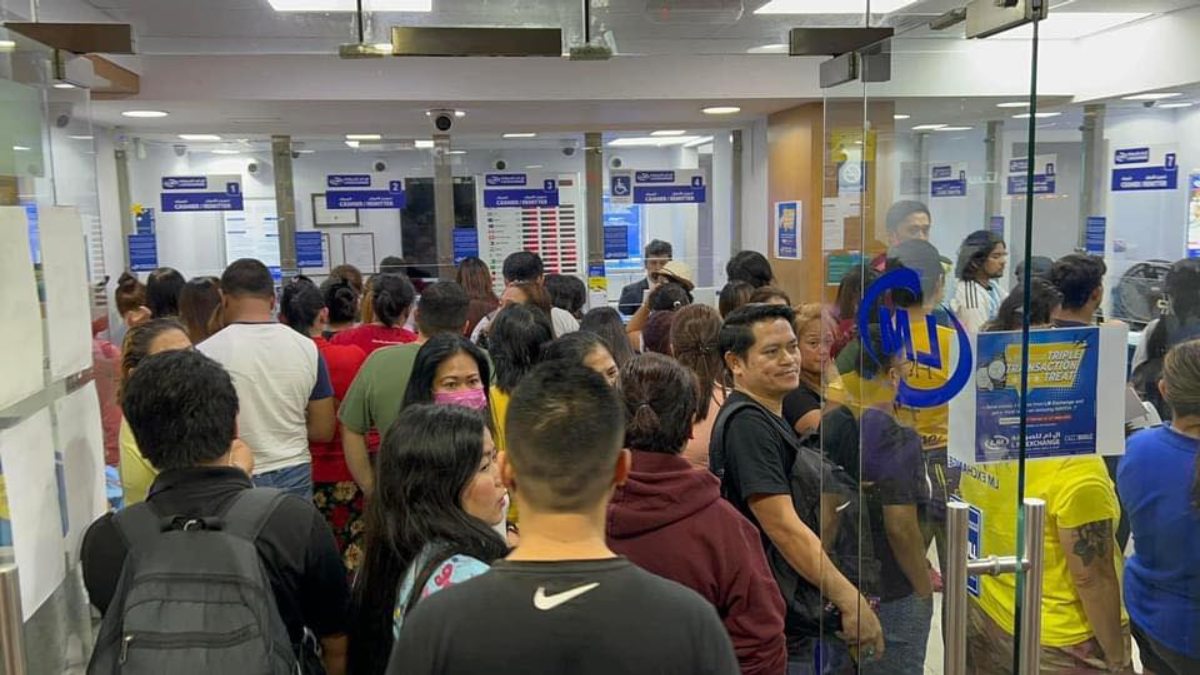According to the Bangko Sentral ng Pilipinas (BSP), remittances from Overseas Filipino Workers (OFWs) saw a 3.0 percent increase in February, rising to $2.95 billion from $2.86 billion in the same period last year. The BSP also reported that money sent home via banks alone totaled $2.65 billion, reflecting a similar 3.0 percent increase compared to February 2023.
The rise in overall remittances was attributed to land-based OFWs with contracts of a year or more, as well as sea- and land-based workers with contracts of less than one year. This growth marked an improvement from the 2.7 percent recorded in January.
However, despite the year-on-year increase, both personal and cash remittances in February were lower compared to the previous month, with personal remittances dropping from $3.15 billion to $2.95 billion, and cash remittances from $2.83 billion to $2.65 billion.
The growth in cash remittances was primarily driven by flows from the United States, Saudi Arabia, Singapore, and the United Arab Emirates (UAE). Among these, the US accounted for the largest share at 41.4 percent, followed by Singapore, Saudi Arabia, and Japan.
Security Bank Corp. chief economist Robert Dan Roces commented on the decline in remittances from January, attributing it to seasonal fluctuations and potential economic challenges in host countries. He expressed optimism, citing forecasts from the IMF indicating global economic improvements, which could translate to positive employment opportunities for Filipinos abroad and steady growth in remittances.
Nicholas Antonio Mapa, senior economist at ING Manila Bank, highlighted the increase in the number of new OFWs and higher earnings as contributing factors to the year-on-year remittance growth. He emphasized that remittances continue to serve as a stable source of foreign exchange and contribute to domestic consumption by bolstering peso purchasing power.






